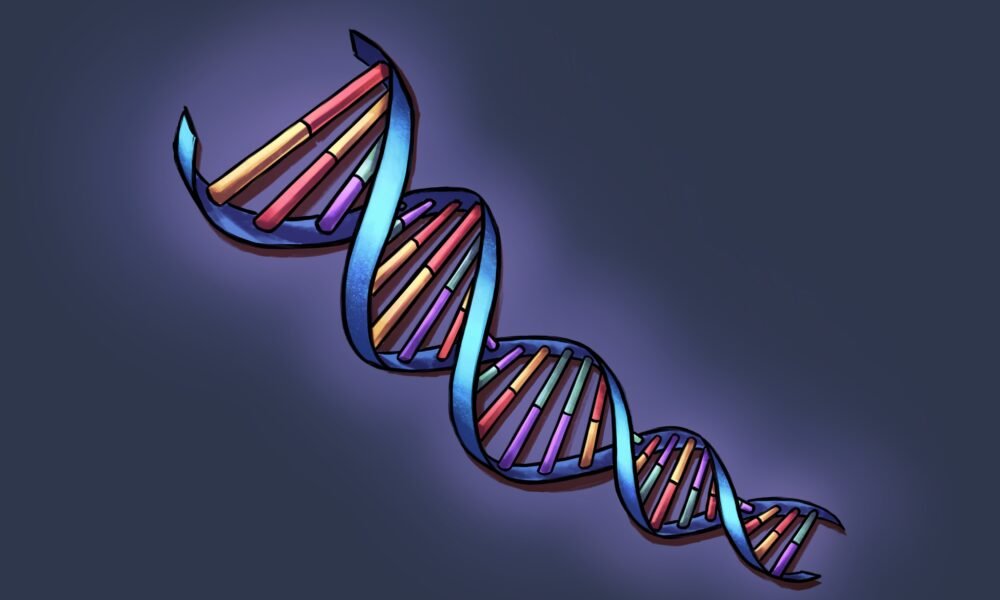DNA is often the most hyped factor in the biological existence of humans. You would have seen in the movies when someone is to recognise a child or the father of a baby, they use the DNA test for the same. Well, indeed this magical molecule has the power to recognise the genetic properties easily and thus provide you with the exact information of generations. Well, apart from this property, there is a lot more to like about DNA. From the DNA full form to physical appearance, characteristics and more, read more about this incredible molecule below.
- DNA full form — The DNA full form is deoxyribonucleic acid.
- What exactly is DNA — DNA is the only molecule capable of reproducing itself. DNA is present in almost all living cells of all living things. Only DNA, and no other molecule, carries the ability to copy and then pass heritable information to subsequent generations. DNA is, indeed, the essence of life itself.
- The physical appearance of DNA —- Physically, DNA is a molecule that takes the shape of the recognisable “double helix,” a twisted, extensible ladder. The ‘rungs’ and’siderails’ of the ‘ladder’ are made of sugar-phosphate. The DNA ladder spontaneously twists into the shape of a double helix due to its weight and structure. Additionally, the ladder molecule has a long range. For instance, the DNA in a human cell contains about three billion base pairs, each of which is over six feet long. However, in multicellular animals like humans, the DNA is split into smaller pieces and compactly packed into chromosomes rather than remaining as one long strand.
- The functions of DNA — All microorganisms, plants, and animals, including humans, store their genetic information in DNA. That is, bits of DNA stored inside each cell of the body carry the instructions to confer every genetic feature, from eye colour to blood type. The word “gene,” the origin of the phrase “genetics,” refers to these DNA segments conveying genetic information. Even while DNA is the same ‘double helix’ in structure and is made up of long lengths of A: T and C: G base pairs in all living organisms, the precise order of these bases differ from one creature to another. The directions for making, say, insulin in human pancreatic cells or photosynthetic enzymes in plants, are provided by the arrangement of bases.
- The evolution of DNA — People have always been curious and interested in genetics, wondering how children picked up their parents’ characteristics. However, it wasn’t until the middle of the 20th century that scientists discovered DNA contained hereditary information. Furthermore, DNA’s structure wasn’t discovered until 1953. A few years later, we still didn’t understand how genetic information was transmitted within the DNA molecule. The information conveyed by a DNA strand can now be edited or supplemented by molecular geneticists in addition to reading it. These inventions make it possible to create a variety of commercial goods, like the aforementioned cheese and insulin.
- The practical use of DNA today — DNA is routinely used by police to locate long-forgotten cold cases. Genealogists create and validate centuries-old family trees using DNA. Historians utilise DNA to identify the fragmentary remains of deceased warriors. New drugs and medical procedures, including those to treat cancer and the coronavirus, are employed by doctors thanks to molecular genetic engineering. Infertility specialists also assist infertile couples in having biological children. Our fascination with the molecule of life is increased as a result of our growing understanding of DNA and how it works.







